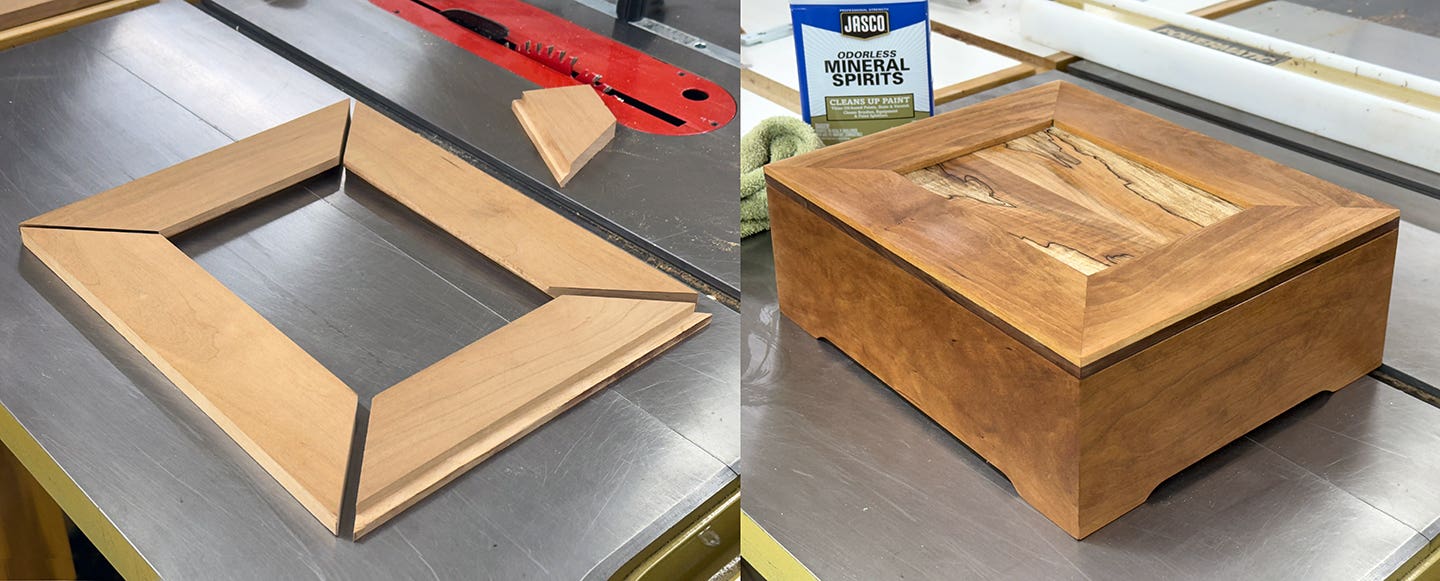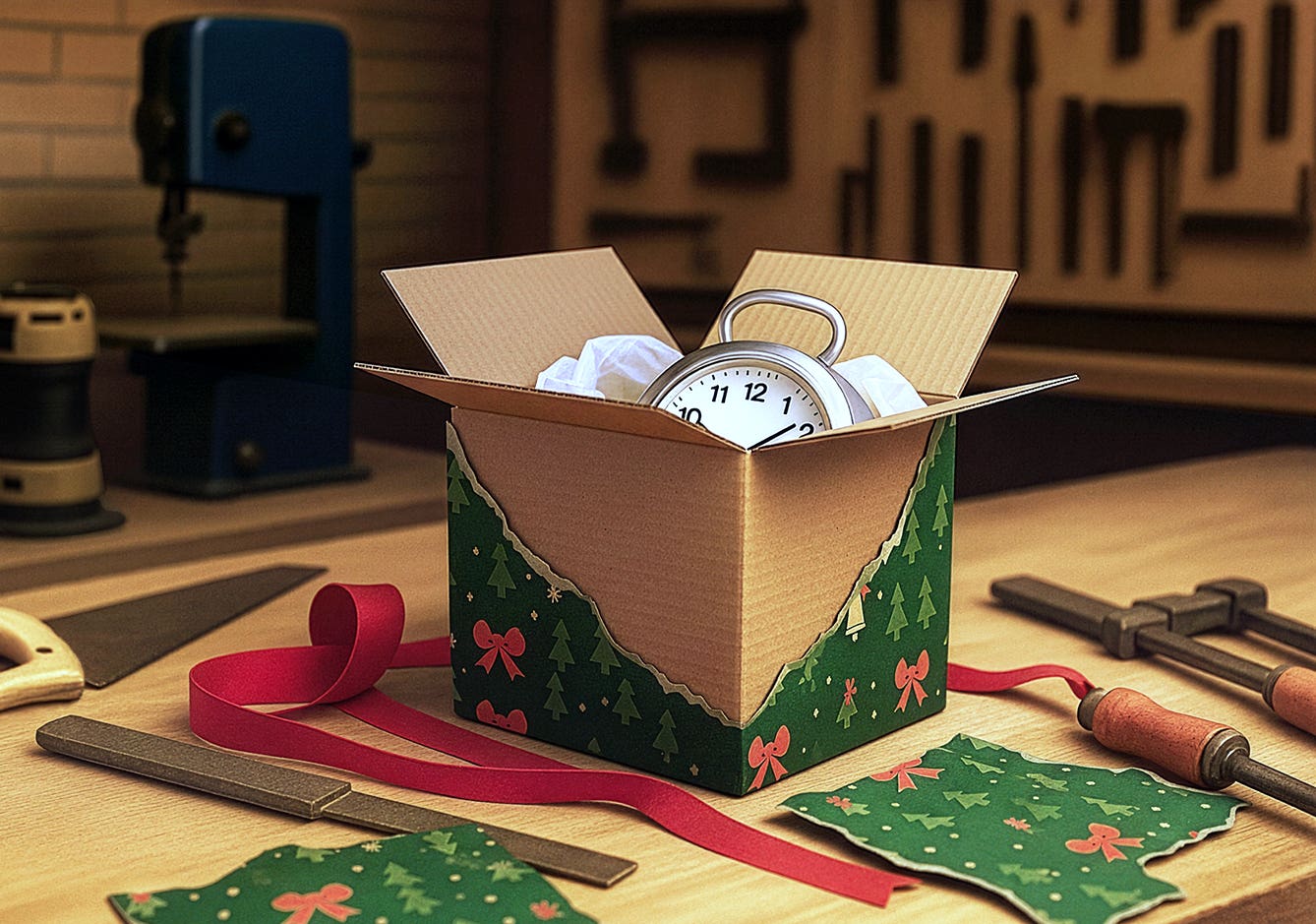Creative use of materials
For the last 20 years, we have been seeing more and more materials become scant or disappear completely from the market place. Woods we have long taken for granted and…
For the last 20 years, we have been seeing more and more materials become scant or disappear completely from the market place. Woods we have long taken for granted and bought relatively cheaply have gradually become harder to get and much more costly.
Of course, this is really nothing new. Everyone is aware of the fate of fine woods like Brazilian rosewood and Cuban mahogany. But now, even the commonly accepted substitutes for these woods (Honduras mahogany and East Indian rosewood) have become endangered.
Sure, there are the plantation grown versions that, if not cheap, are at least readily available. But, typically, these woods don't hold a candle to the real thing. We have also seen a proliferation of new woods like chechen and chake te kok (or whatever it is) that have some redeeming qualities, but lack stability and sizable clear heart cuts. Of course, if these woods had those qualities, they would have been sought after long ago and would probably be endangered along with all the rest!
This has given rise to a wave of very creative thinking when it comes to materials and nothing illustrates this for me better than a pen I saw over the Thanksgiving holiday. I have been looking at pens a lot lately. Even though I don't make pens myself, my recent interest in artistic turning has put me in contact with a lot of people who do. And they are always looking for some new twist that will set their pens apart.
The one I saw was made out of stabilized alfalfa cubes. I would probably have no idea what alfalfa cubes were, stabilized or otherwise, had it not been for the fact that my brother-in-law, with whom we were having Thanksgiving dinner with, is a Nevada rancher/farmer who has spent a good deal of his life raising alfalfa. It seems that a local craftsman in his neck of the woods (or in this case, desert) has been sending alfalfa cubes to that company that impregnates woods and various other materials with resin, making a hard, stable brick that can be treated just like any other wood or hard plastic, cut, drilled turned, sanded and polished. He makes pens from the blanks he gets back from the guy and you just know that every rancher and farmer in the country (if not the world) is going to want one!
That's pretty creative use of materials, if you ask me.
D.D.
David DeCristoforo possesses an extensive resume as designer/maker of fine furniture, high-end cabinetry and architectural woodwork. His experience in professional woodworking spans a period of 35 years. For the past 20 years David DeCristoforo Design has been located in Woodland, California. During this time David's shop has ranged in scope from a "full on" cabinet production shop with as many as 15 employees to a small fine furniture and custom millwork shop, working with his son, David RBJ, a highly skilled maker in his own right.







